Based on credible evidence and facts (references below article), if you are a runner with high or low arches, if you heel strike when you run, you will always be significantly more prone to a range of injuries vs if you use a forefoot strike.
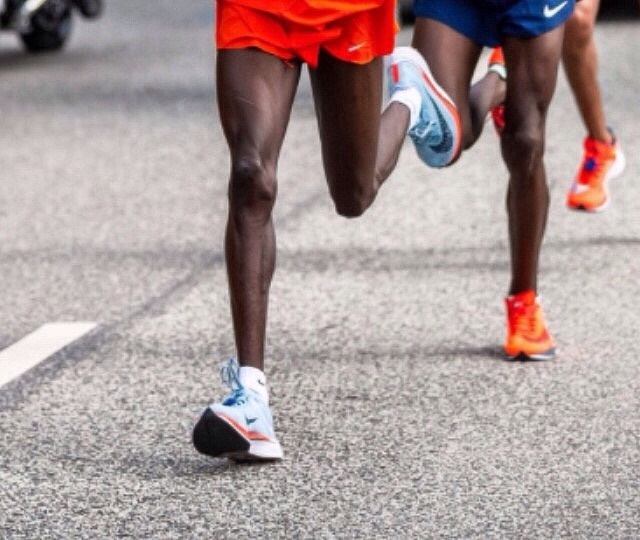

Arch height was found to be a risk factor for injury in heel strike running, but not in forefoot running! This is because a study published in the journal, Foot Ankle International, discovered that forefoot striking resulted in less arch pain by reducing heavy impact loads off the arch, regardless of arch height vs heel strike running.
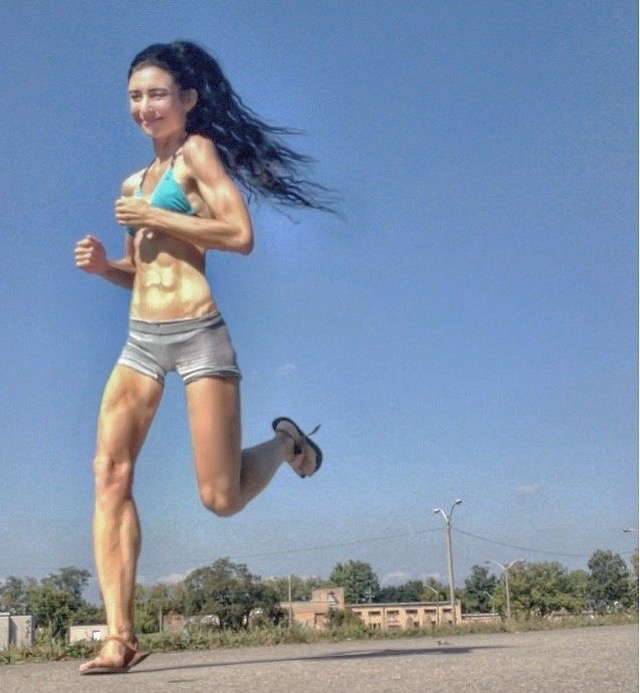
Why Heel Strike Running Damages the Arch
Before the propulsive phase in heel strike running, the mass of the body transfers over the foot from heel-to-toe which was found to overload the arch, resulting in arch pain and injury.
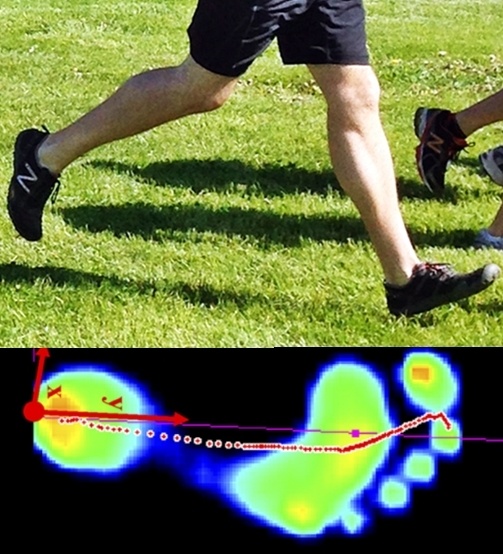
What’s worse, a landmark study in the journal, Gait Posture, revealed that lower arch height was more problematic for heel strike runners because it resulted in a lateral distribution pattern of impact pressure over the foot vs heel strike running with higher arches, which produced a medial distribution pattern. What are the implications to the two types of impact pressure dispersals over the foot?
- A lateral distribution pattern of impact pressure over the foot was found to force the foot into extreme positions (i.e. over-pronation), which not only increased bending and twisting strain on the arch, more bending and twisting strain was transferred up the leg, resulting in shin and knee pain!
How Forefoot Running is Better for Your Arches
The distribution pattern of impact pressure over the foot in forefoot running is radically different and brings more relief from impact over-exposure on the arch. This is because a forefoot strike landing naturally provides a significantly larger contact area of the foot on the ground. For one, this allows impact pressure to disperse evenly over the foot, avoiding any dangerous hot-spots.
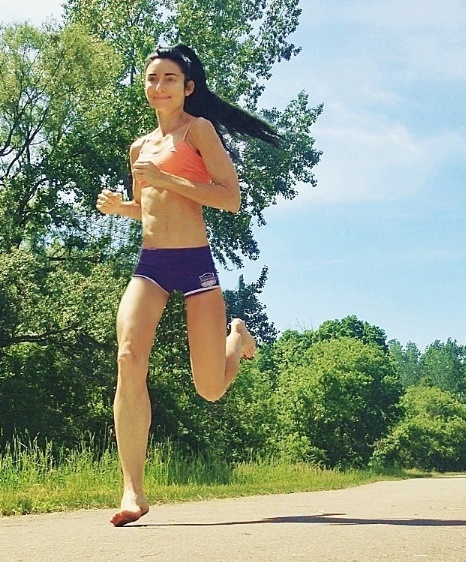
Another optimistic finding was arch height variation (i.e. higher or lower arches) did not lead to more impact production, nor did it lead to over-pronation because it did not alter impact pressure distribution over the foot. This suggests that runners with abnormally high or low arches will benefit more from forefoot running because it does the most good in really helping even out impact over the foot than heel strike running.
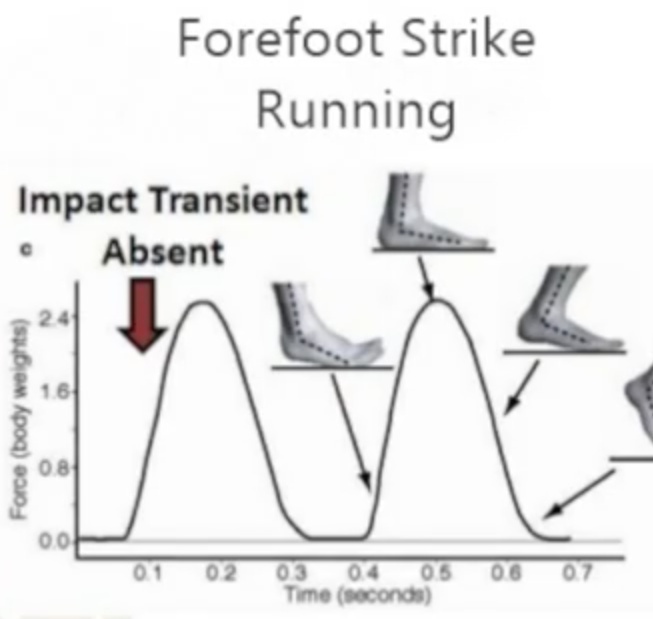
Even better, forefoot running automatically increases step frequency, which means forefoot running results in a contact of the foot with the ground that is so brief, many forms of impacts are prevented from rising to pain-inducing levels. A study in Clinical Journal Sport Med, confirmed that the spatiotemporal comparison of contact time and the distance between the center of mass (i.e your hips) and the heel is lower than in heel strike running, suggesting that forefoot striking involves less weight transfer, and therefore, less loading over the arch, while lessening kinematic demands of the arch, also.
The Take Home Message
The most obvious challenge in running is avoiding injury whereby reliably unburdening the arch in ways that sustains is yet another credential to add to forefoot running’s impressive resume. Also understand that to date, no firm evidence exists that heel strike running has its own set of impact protection, like forefoot running. This is why heel strike runners need to wear thickly cushioned running shoes whereas forefoot running reduces so much impact that you can run barefoot without producing more impact. As long as you land with a forefoot strike, you will always have net-reductions in impact that results in less demands placed on the entire body.

Still need more convincing that forefoot running is the best course of action to prevent injury? Here are all the evidence-backed reasons forefoot running perfectly prevents all the injuries linked to heel strike running.
If you’ve enjoyed my post, you’ll love my YouTube channel, here, where I show why and how forefoot running works!

References:
[1]. Lees, A., Lake, M and Klenerman, L. (2005). Shock absorption during forefoot running and its relationship to the longitudinal arch height. Foot Ankle Int, 26(12):1081-8.
[2]. De Cock et al. (2008). The trajectory of the center of pressure during barefoot running as a potential measure for foot function. Gait Posture, 27(4):669-75.
[3]. Hunter, L. (2003). A new approach to modelling vertical stiffness in heel-toe runners. J Sports Sci Med, 2(4):169-43.
[4]. Thijs et al. (2007). A prospective study on gait-related intrinsic factors for patellofemoral pain. Clin J Sport Med, 17(6):437-45.
Bretta Riches
BSc Neurobiology; MSc Biomechanics candidate, ultra minimalist runner & founder of RunForefoot. I was a heel striker, always injured. I was inspired by the great Tirunesh Dibaba to try forefoot running. Now, I'm injury free. This is why I launched Run Forefoot, to advocate the health & performance benefits of forefoot running and to raise awareness on the dangers of heel striking, because the world needs to know.
Latest posts by Bretta Riches (see all)
- Can You Run In Barefoot Shoes? Yes, But DON’T Heel Strike! - 21/07/2024
- Why Cushioned Running Shoes Are Really Bad for Your Feet - 19/07/2024
- Do Cushioned Running Shoes Cause Injuries? - 17/07/2024
